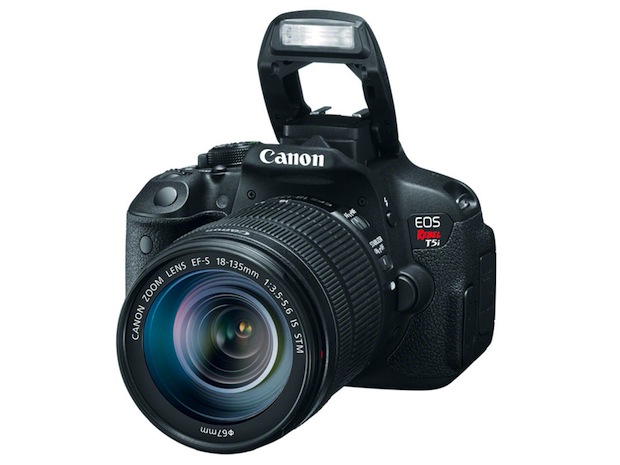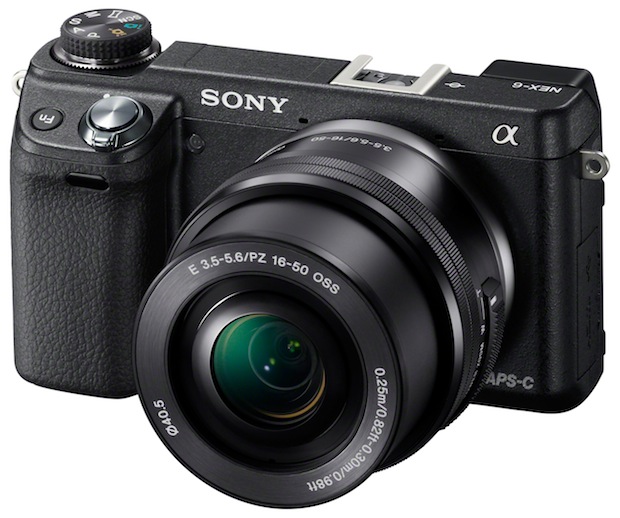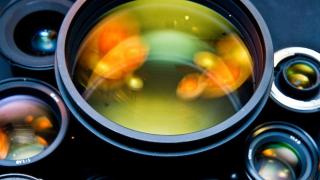There are actually a number of directions you can take for buying poker photography equipment.
Although it’s possible to take a decent marked cards poker photo using a cell phone camera or a point-and-shoot (particularly if you can close to the table), we wouldn’t recommend it.
Instead you’re probably going to want a DLSR, so you can swap out that kit lens. Right now there are two major options: Standard DSLR or mirrorless. We’ll start with the standard DSLR.
Standard DSLR
This includes heavy hitters Canon and Nikon, which offer entry-level models that cost around $400-$600 but have professional grade cameras that cost thousands. These are what most professional photographers use and the lens selection is pretty much unparalleled. You can’t really go wrong with Canon or Nikon.Mirrorless DSLR
Lately mirrorless cameras have been getting more and more publicity thanks to a few killer features. There are some camera enthusiasts who think this style of camera is the future of photography.Perhaps the two most highly-touted advantages are smaller size and less moving parts on the inside.
Some of the biggest players in this market are Panasonic and Olympus, which use the micro four-thirds bracket system and Sony’s NEX line which uses E-Mount, Fujifilm’s X-Mount and Leica’s M-Mount. Canon and Nikon also offer mirrorless cameras but they were rather late to the party.
Lenses
Lenses are very, very important for poker photography.Regardless of the camera system you choose, you’re going to need some fast glass for low-light performance. You’re specifically going to be looking at lenses that have a high maximum aperture, which is represented by smaller f-stop numbers. Anything below f/2.8 is good in our experience. Don’t bother with anything less than f/4.0.
Unfortunately fast glass is very expensive. On the bright side almost every camera system has one lens that is a steal.
Nikon and Canon both have fast 50mm f/1.8 lenses that cost around $100. These are great starter lenses for poker.
When it comes to focal length it’s really subjective. Shorter focal lengths like 24mm and 50mm have the added bonus of marked card tricks being able to shoot the entire room at once while big zooms like 70-200mm give you the option of doing close-ups.
Sample Budget DSLR Set-Up
 Here’s an example of a cheap DSLR set-up that should at least get you started in poker photography.
Here’s an example of a cheap DSLR set-up that should at least get you started in poker photography.Camera: Canon T5i (body only) Also known as EOS 700D in Europe
Price: $749
Lens: Canon EF 50mm f/1.8 II
Price: $121
Total Cost: $870
Summary: This is a good, fast, set-up that will get you going. It eschews the kit lens for a low-light 50mm. The only reason you might want to get one with a kit lens is that will be easier to take pictures of the entire poker room. It’s only $50 more. In the future you could seriously upgrade your zoom capabilities by adding a 70-200mm f/4 for around $1,000. There are quite a few upgrade options as Canon and Nikon DSLRs have widest lens selections.
Note: You’ll need an SD memory card but those cost $10-$30.
Alternatives: Nikon D3100 $449 + Nikon 35mm f/1.8 AF-S DX $219
Sample Budget Mirrorless DSLR Set-Up
 Camera (includes lens): Sony NEX-6L/B 16.1 MP with 16-50mm Power Zoom Lens
Camera (includes lens): Sony NEX-6L/B 16.1 MP with 16-50mm Power Zoom LensPrice: $648
Total cost: $648
Summary: As you can see the mirrorless cameras tend to be a bit cheaper. The NEX-6 actually comes with a decent kit lens that has a nice focal length for poker. You’ll be in great shape for wide shots (where it can shoot at f/3.5) but you’ll be harder pressed for zoom shots across the table. The upgrade options are more limited with mirrorless cameras but Sony does make a 50mm f/1.8 for $298. There’s also a rumor that Sony will be releasing a Sony 55-150mm f/2.8 in the fall. That lens would potentially be fantastic for poker.
Alternatives: Panasonic DMC-GF6 $599, Olympus E-P3 $899, Fujifilm X-M1 $799


没有评论:
发表评论